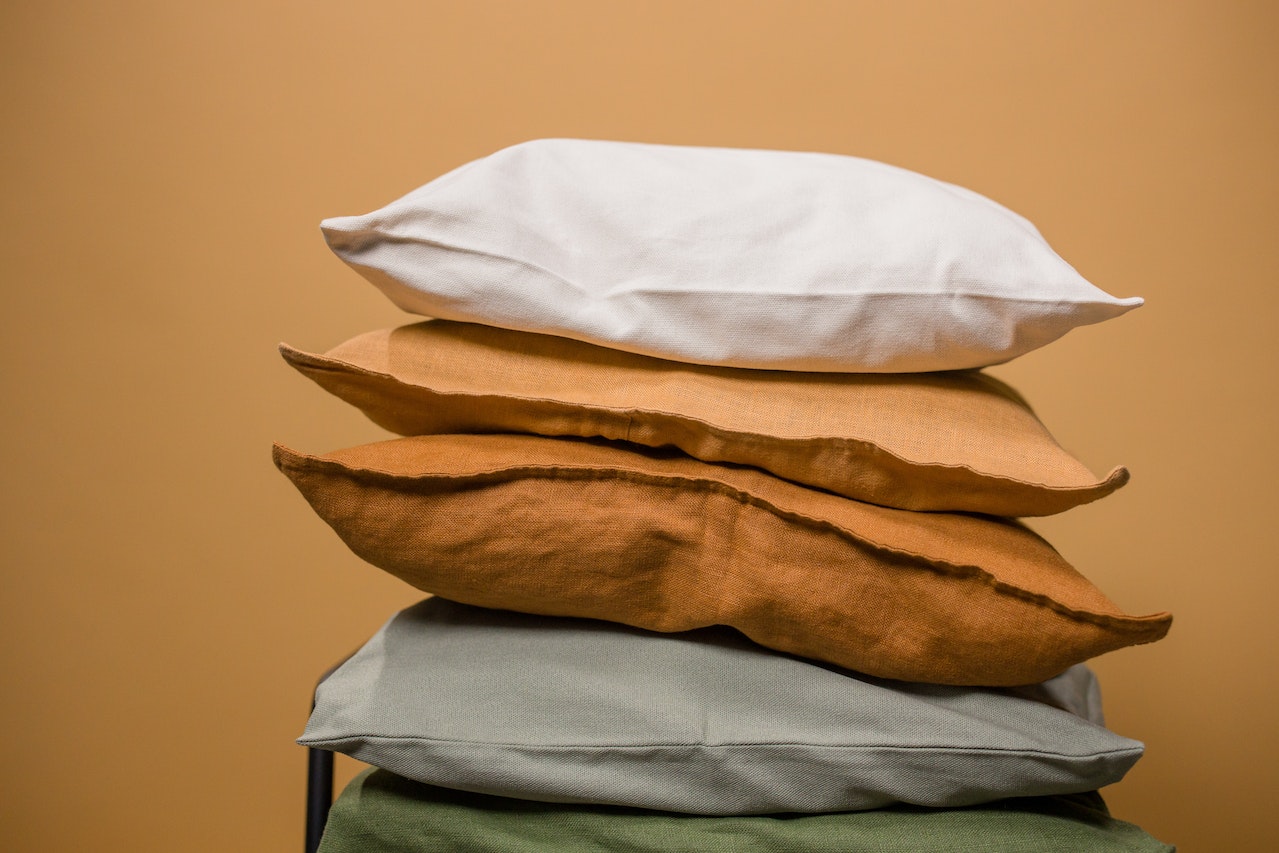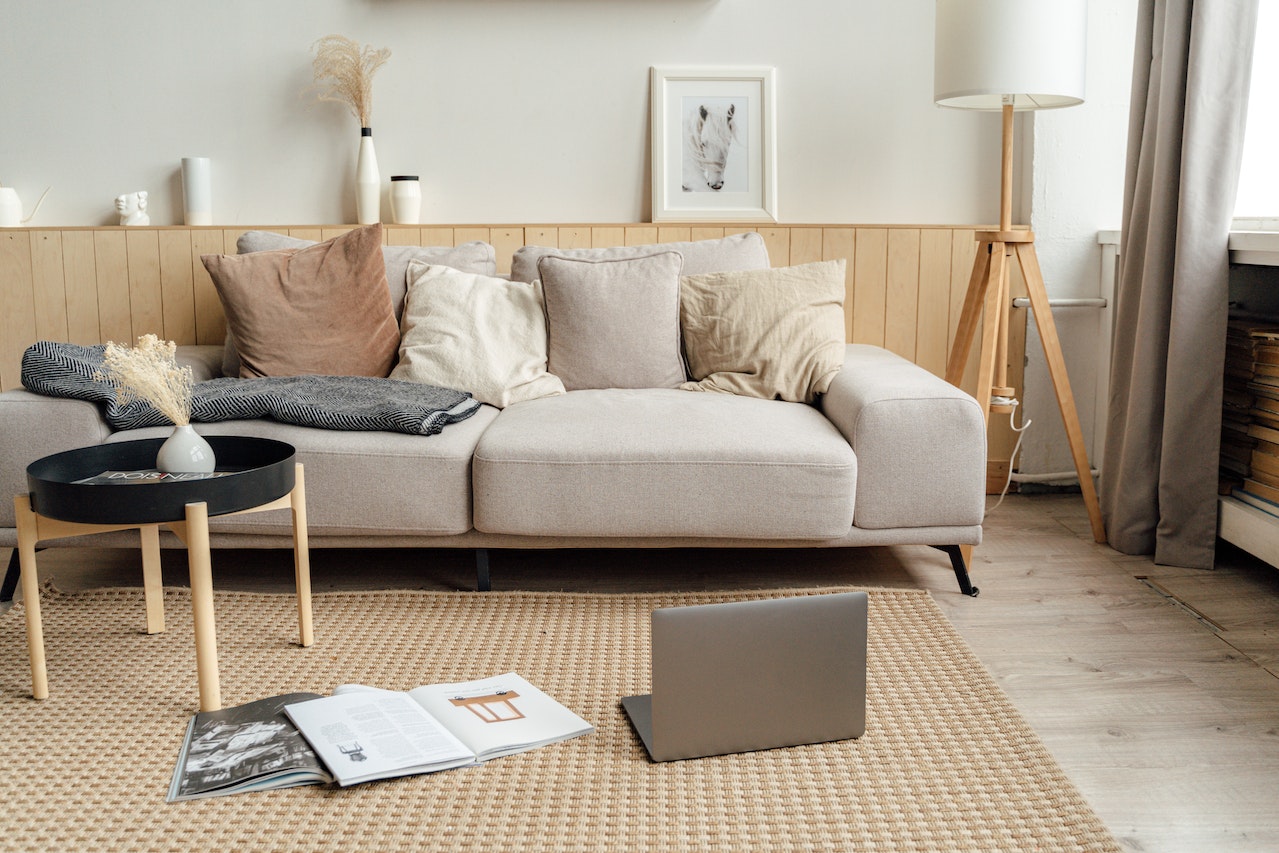Choosing the material for bed sheets requires more attention than you think. There’s a plethora of synthetic fabrics out there, and while some are good enough for bed sheets, many need to be more comfortable and are typically short-lived.
When it comes to choosing the right fabric for bed sheets, there are a few important factors to consider. You would want a durable fabric that offers maximum comfort and breathability. Nothing beats high-quality materials when it comes to sheets. And they are often made with natural fabric.
So, you now ask yourself, "What is the best fabric for bed sheets?" Here is an overview of some of the most popular fabrics used in bedding:
1. Cotton

A king among textiles, cotton is simply among the best fabric for sheets. Cotton offers breathability, and this very quality makes the material so popular. This means that cotton helps regulate our body temperature, keeping us warm on cold nights (yuk night sweats) and cool during summer.
Now, there are many types of cotton, and the most sought-after in the market are Egyptian cotton, upland cotton, and Pima cotton.
Egyptian Cotton
Many consider Egyptian cotton the best among cotton varieties. It comes from the plant species Gossypium barbadense, which is distinguishable for its longer and silkier strands than most types of cotton. You can find this plant in Peru, South America, and of course, Egypt.
What makes Egyptian cotton so special? The answer lies in the length of its fibers. The specific climate conditions in Egypt make the plant grow longer staples, setting it apart from cotton in other countries. This is why Egyptian cotton sheets are treated with more value than others.
Upland Cotton
Upland cotton has a high yield and is easy to grow, making it the most common and accessible type of cotton. Native to South and Central America, most of the cotton used in the US is Upland.
This type of cotton offers breathability like Egyptian and Pima cotton, but it's not as durable, making it prone to pilling over time.
Pima Cotton
Pima cotton, known by the trademarked name Supima cotton, is like the middle ground between Egyptian and Upland cotton. It’s soft and durable and offers a luxurious feel, pretty much the way Egyptian cotton does, only that it often comes at a slightly lower price (although not a budget option).
This type of cotton grows in the southwestern United States, making it a viable choice for those who prefer to purchase domestically made-items.
2. Linen

Linen is a type of textile produced from flax plant stems instead of cotton bolls. Compared to cotton, linen is more absorbent, dries faster, and is more lightweight.
The texture of linen sheets is smooth and comfortable due to the intricate woven structure, which makes them thicker and longer than cotton fabric. Linen sheets are also known for their durability and become softer after each wash. While cotton is great for breathability, some folks swear by linen sheets for staying cool in warm weather.
3. Flannel

Flannel was originally sourced from wool, but nowadays, it's usually made of cotton. The softest, high-quality flannel you find in the market is typically 100% cotton, but it can also be made with other materials like wool or synthetic fibers.
Flannel sheets have a brushed surface that makes them capable of trapping air and body heat, at the same time allowing your skin to breathe. Compared to other man-made fibers like fleece, flannel sheets keep you warm without causing you to wake up feeling overly hot and sweaty.
Expect flannel sheets to pill over time because of their brushed surface. If they are made from 100% cotton, they tend to shrink after the first wash.
4. Bamboo

Bamboo sheets are typically made from fibers processed into modal fabric, rayon, or lyocell. These sheets are often compared to cotton because they are soft, breathable, and long-lasting.
As a natural fiber, bamboo is frequently regarded as environmentally friendly due to its rapid growth and ability to thrive without the use of pesticides and fertilizers. But to dissolve the pulp and extract cellulite, chemicals are used to process bamboo into fiber for fabric.
Bamboo linen or bast bamboo fiber is another type of bamboo fabric. It is produced without chemicals, making it a more environmentally friendly option. The drawback is that it is not widely available.
5. Silk

Silk is a highly prized material known for its smooth, soft texture and luxurious feel. It is made from a strong fiber derived from silkworm cocoons that are unraveled and spun into yarn. This intricate process results in a higher cost for silk fabric and often comes more expensive than other types of textile used for bed sheets.
Silk sheets have insulating properties that trap small amounts of air between the fibers, keeping you warm in colder temperatures while also venting excess heat when it's warm. They are also hypoallergenic because pure silk fiber contains a protein called sericin, which naturally repels mold, dust mites, and mildew.
Another thing that makes silk sheets popular is their benefits for the skin and hair. Unlike cotton, silk sheets do not absorb as much moisture, which can prevent tangles and frizz in hair and fine lines and wrinkles in the skin.
The Takeaway
The most important factor to consider when choosing the best fabric for your bed sheets is comfort. You want something soft and smooth against your skin while keeping you cool during the night. So, look for breathable fabrics that are easy to care for but also durable.
The thread count matters, but focus on the type of material first. Go for high-quality sheet sets made from organic materials and natural fabrics. While they often have a higher price tag, they could save you money in the long term.



Leave a comment
This site is protected by hCaptcha and the hCaptcha Privacy Policy and Terms of Service apply.